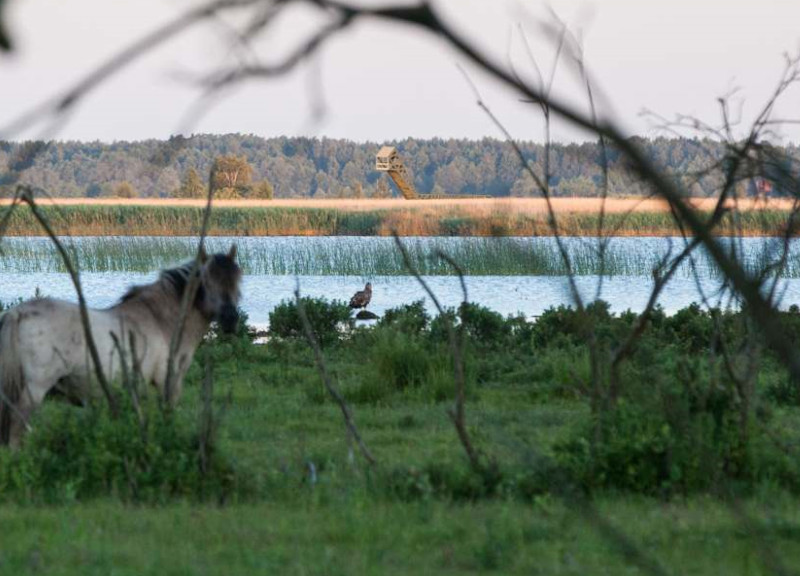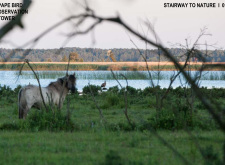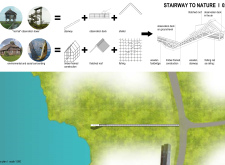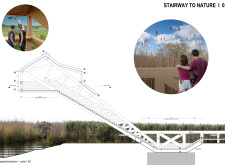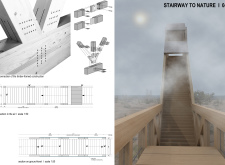5 key facts about this project
The facade of the building is composed of a layered assembly of materials designed to evoke a sense of connection to the surrounding environment. Employing locally sourced bricks, the exterior conveys a textural richness, blending seamlessly with traditional architectural forms while introducing a contemporary twist. The careful selection of materials extends to the inclusion of large glass panels that punctuate the facade, fostering transparency and inviting natural light to permeate the interiors. This dynamic interplay between solid and light enhances the overall aesthetic, creating a dialogue with the historic buildings in proximity.
Inside, the architectural design emphasizes flexibility, with open floor plans that encourage adaptability over time. The arrangement of spaces reflects a deliberate consideration of circulation, allowing for smooth transitions between various functional areas such as residential units, commercial spaces, and communal gathering zones. The strategic placement of communal spaces promotes interaction and collaboration, aligning with the project's core philosophy of fostering community engagement.
The project also attests to sustainability in modern architecture. It incorporates a green roof system that not only improves insulation but also contributes to urban biodiversity. The careful integration of native plant species within the roof design promotes local ecology and reduces the building's environmental footprint. Moreover, rainwater harvesting systems are implemented to limit water consumption, showcasing a commitment to responsible resource management.
Unique to this design is the use of biophilic elements that establish a harmonious relationship between occupants and nature. Interior spaces feature strategically placed windows and balconies that connect users to the outdoors, providing scenic views of the surrounding landscape while promoting well-being. This approach not only enhances the aesthetic quality of the interiors but also prioritizes occupant experience, aligning with modern design values that recognize the importance of health and happiness.
The structural framework of the building employs a combination of reinforced concrete and steel, chosen for their durability and scalability. This choice not only assures the integrity of the building but also provides the architectural team with the necessary flexibility to explore various spatial configurations, allowing for creative solutions in response to the site’s unique topography.
In addition to its aesthetic and functional qualities, the project also engages with the cultural narrative of its location. By incorporating design elements that reflect local traditions and histories, the architecture serves not just as a physical structure, but as a storyteller that conveys the character of the community. This cultural resonance fosters a sense of belonging among local residents and encourages a deeper appreciation of the architectural environment.
For those interested in further exploring the intricacies of this architectural design, including architectural plans, architectural sections, and architectural designs, a comprehensive presentation of the project is available. Engaging with these materials will deepen your understanding of the thoughtful ideas and methodologies that shape this contemporary architectural endeavor. The project stands as a testament to the possibilities of modern architecture and its ability to bridge the past with the present, creating spaces that are both functional and inspiring.


